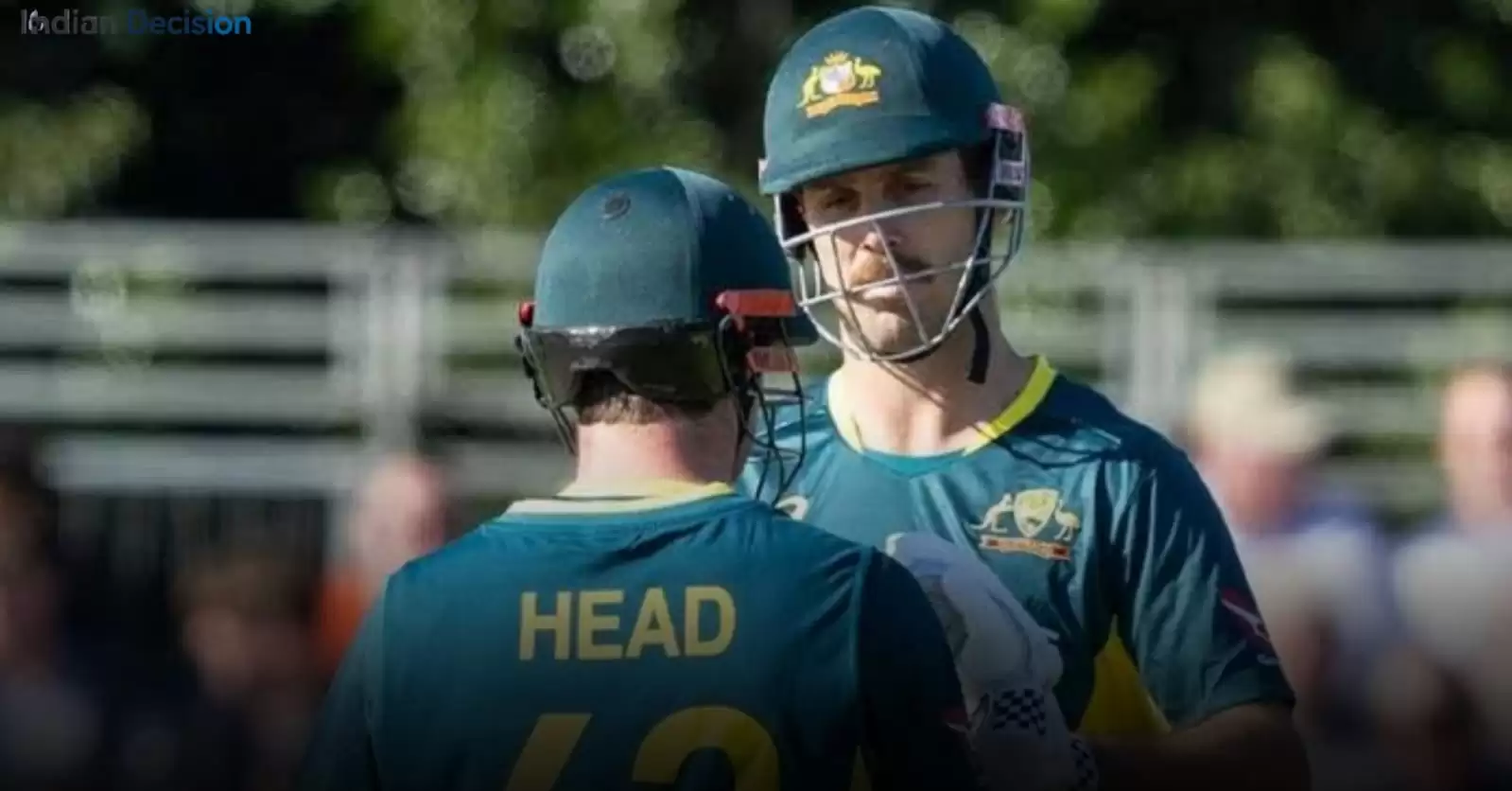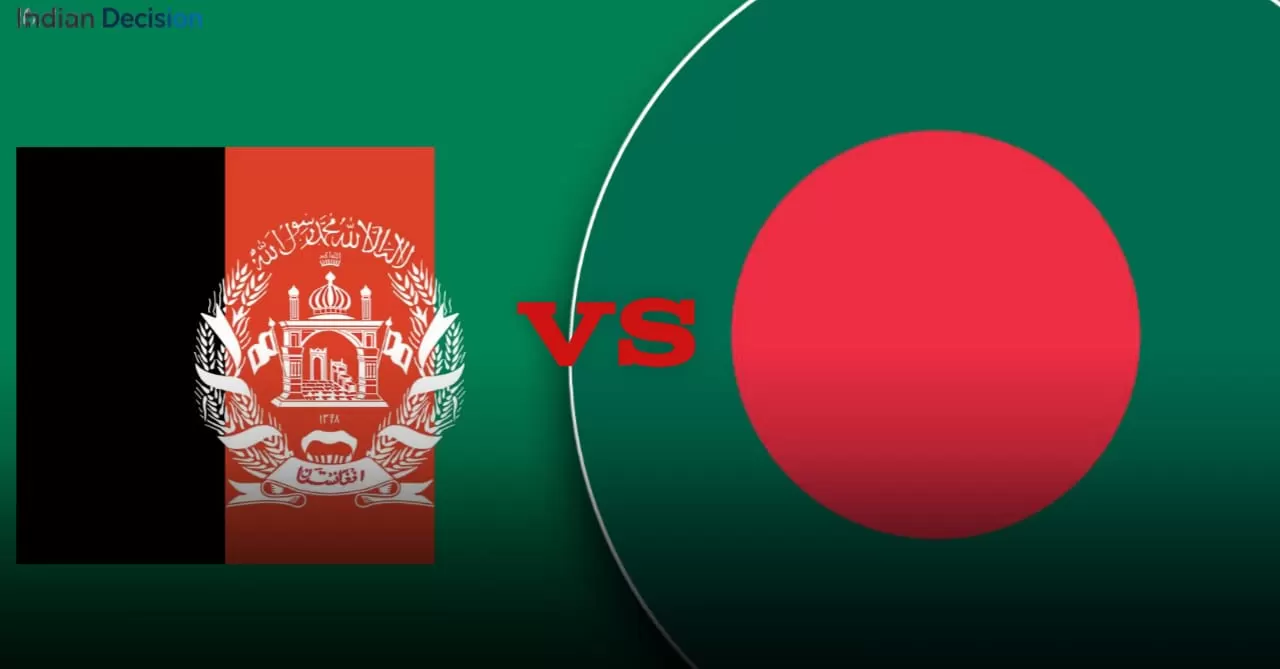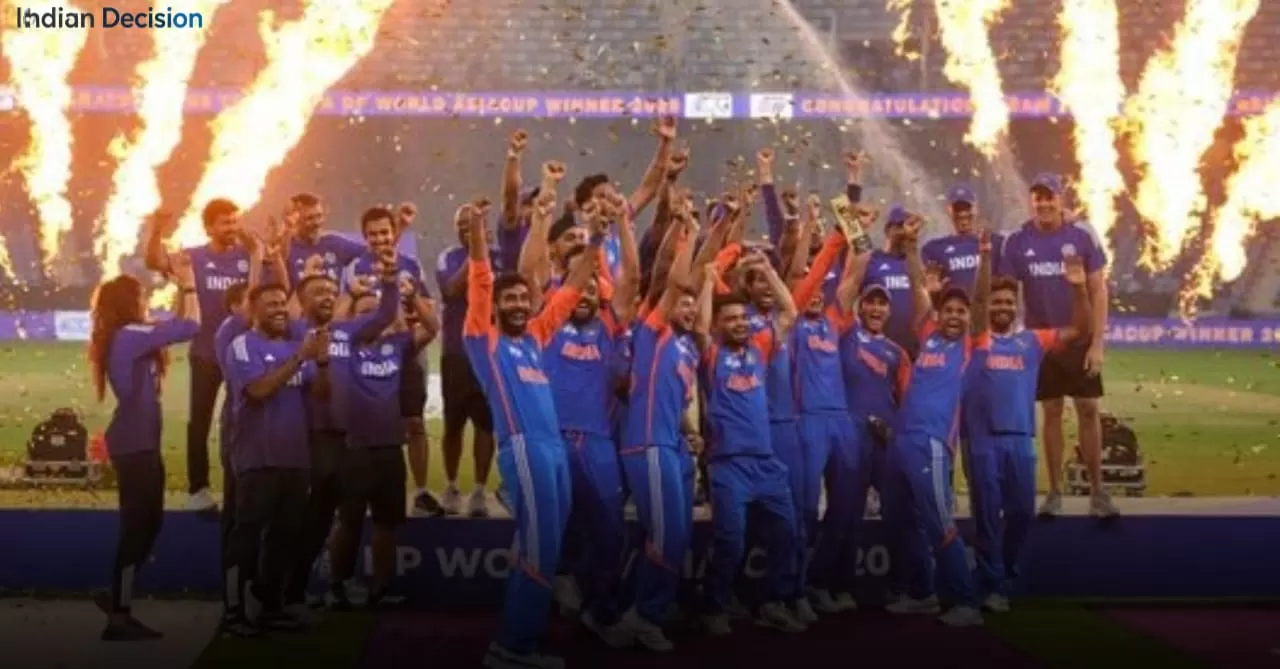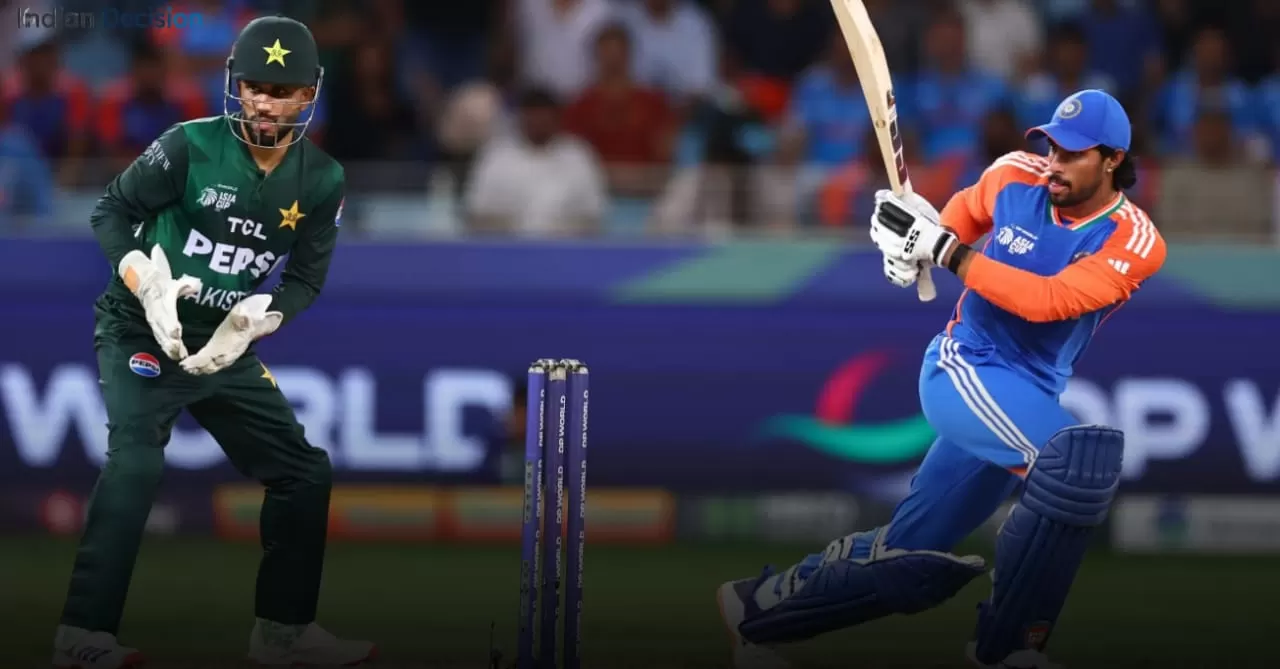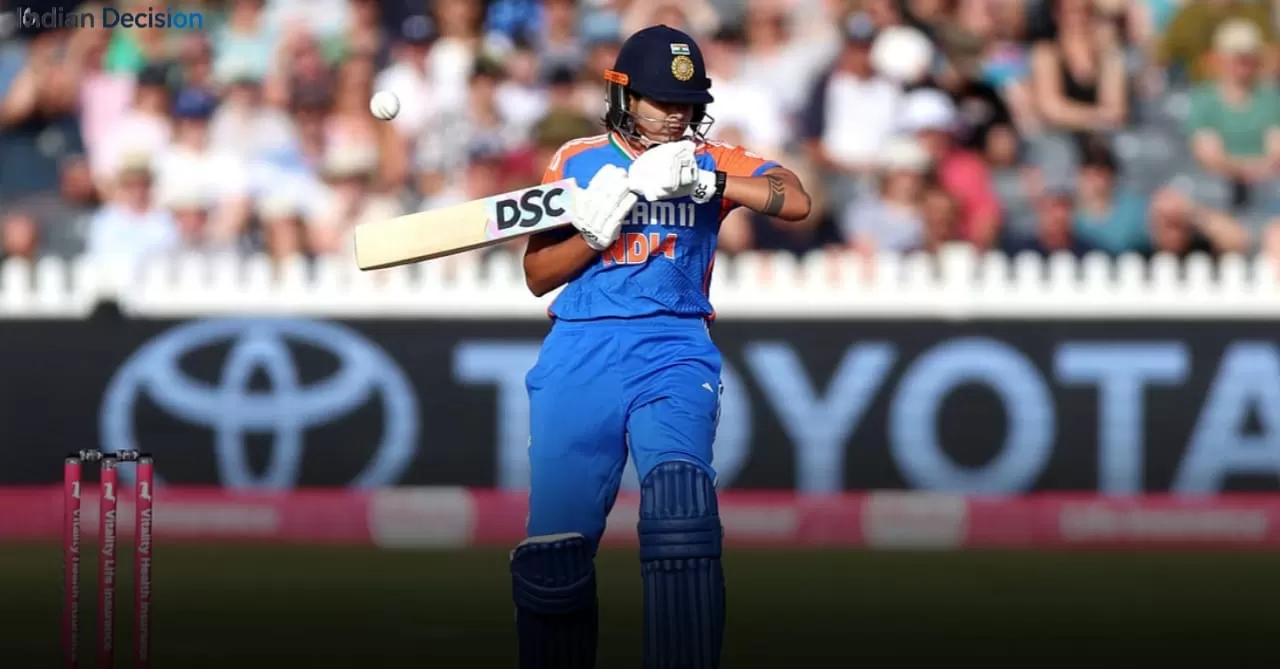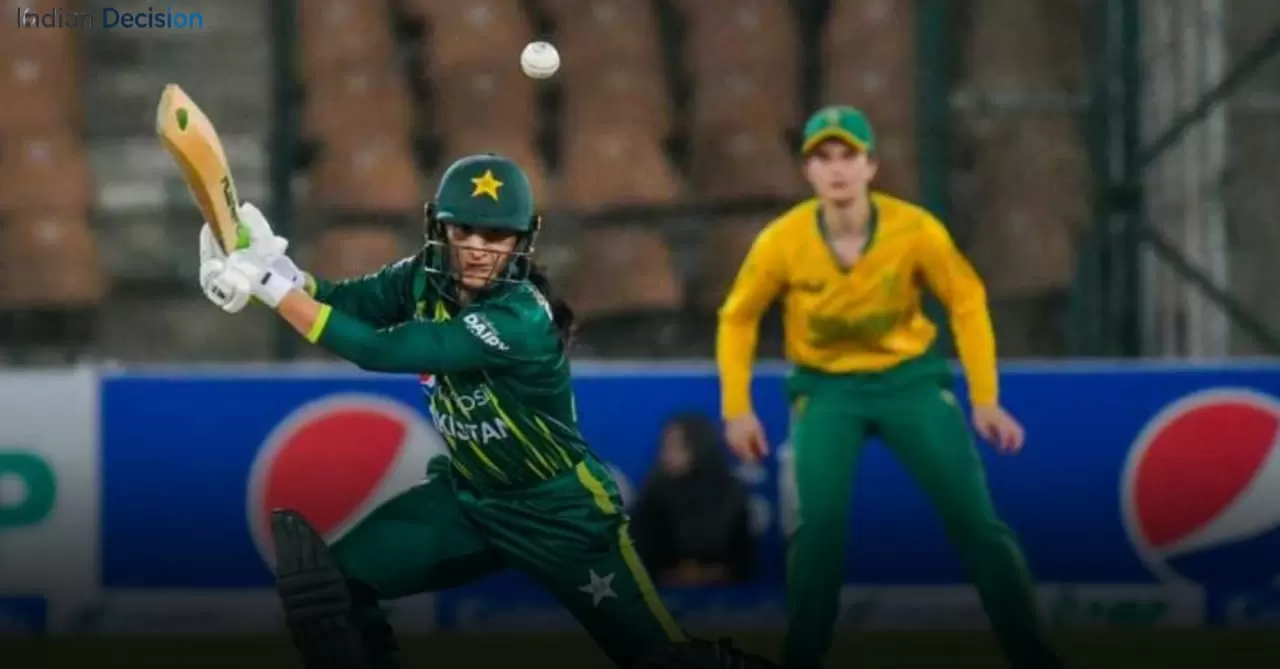Australia set a mammoth target in Mackay
Australia’s men’s cricket team turned the Great Barrier Reef Arena into a stage for run-scoring fireworks today, piling up a monumental 431 for 2 against South Africa in the third ODI. It left the visitors with the impossible-looking task of chasing 432 to stay alive in the series.
Triple-century-like effort from the top order
The innings was powered by a rare alignment of batting dominance. Travis Head raced to 142 in his trademark aggressive style, cutting and pulling with ease. Captain Mitchell Marsh steadied and then accelerated, notching up a fluent 100 that showcased composure under pressure. But the day belonged to Cameron Green, whose unbeaten 118 from just 55 balls featured an avalanche of boundaries, lifting Australia’s tempo in the closing overs.
Alex Carey chipped in with a brisk 50 not out, ensuring that the middle overs never slowed. Together, the top order batted as if aiming for a triple-century across three individual efforts, leaving South Africa’s bowlers visibly deflated.
Where it stands in ODI history
Australia’s total of 431 has already been flagged as one of the highest scores in ODI history. The number places them among elite company, with only a handful of teams ever crossing the 430-mark. For context, South Africa themselves hold the record for the highest ODI total (438/9 against Australia in 2006), but seeing the same pressure reversed onto them in Mackay offers a twist of cricketing irony.
Green’s blitzkrieg century is being hailed as a modern-day ODI milestone. At a time when strike rates above 200 are rare even in T20 cricket, his clean hitting demonstrated how Australia’s younger stars are reshaping one-day strategies.
Match scorecard and what to watch
For those tracking the numbers, the detailed breakdown of overs, strike rates, and bowling figures is already live on official cricket score portals and major sports sites. South Africa’s bowlers will want to quickly move past this day, having seen each of their front-line options concede heavily.
South Africa’s task from here is daunting. Chasing 432 requires not only near-perfect execution but also the type of batting effort rarely seen in ODI cricket. To match or surpass the target, their top order will need to stay intact and accelerate aggressively through the middle overs something that has tripped them up in previous matches.
Why Australia’s approach matters
Beyond today’s scoreline, Australia’s innings reflects a wider evolution in ODI batting. With T20 leagues setting the pace for aggressive run rates, national teams are increasingly unafraid to push the scoring ceiling in 50-over games. What was once thought of as a “par” total around 300 is no longer enough at the international level.
By pairing experience (Head, Marsh) with fearless youth (Green), Australia is effectively trialing a hybrid batting strategy: build a strong platform, then unleash with explosive finishing power. This model mirrors how England revolutionized their ODI approach post 2015 and ultimately lifted the World Cup in 2019.
How South Africa might respond
For South Africa, the chase will test both mental and tactical resolve. Key areas to watch:
- Opening stand: A solid partnership is critical to keep the asking rate manageable.
- Middle-order stability: Experienced batters like Rassie van der Dussen and Aiden Markram must anchor while accelerating.
- Use of powerplays: South Africa must capitalize on fielding restrictions early and at the death.
- Run rate pressure: Avoiding dot balls will be as important as finding boundaries.
If they falter in any of these aspects, Australia’s towering total could quickly turn the chase into a formality.
Today’s update
On September 7, 2025, the Australian innings in Mackay has already been described by analysts as a “statement performance” ahead of next year’s ICC tournaments. South Africa, facing one of their toughest ODI pursuits, need something close to a miracle to level the series.
Looking ahead
Regardless of the chase outcome, this match reinforces Australia’s status as a major contender in white-ball cricket. Their batting depth, combined with explosive finishing power, will make them a team to watch in upcoming global events.
For South Africa, the day serves as both a challenge and a lesson. Can they match fire with fire, or will they need to rethink their approach to stay competitive in an era where 400-plus totals may soon become the norm?
More updates, including full scorecards and live analysis, are available on leading cricket coverage platforms.

